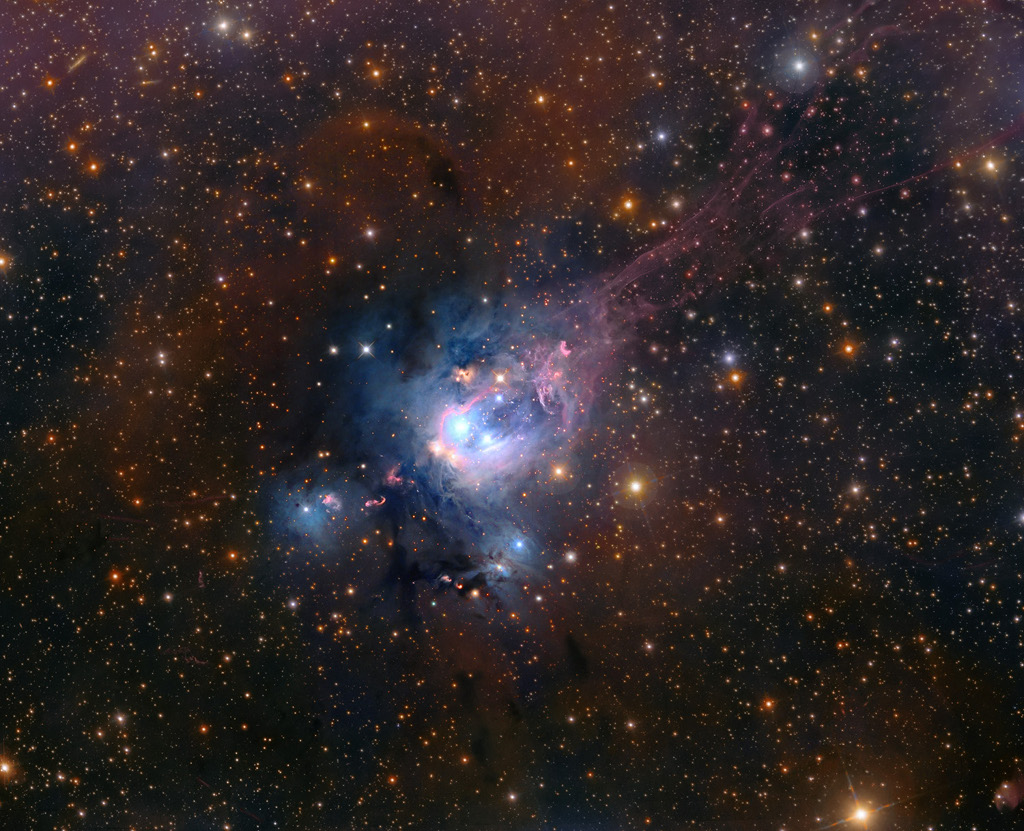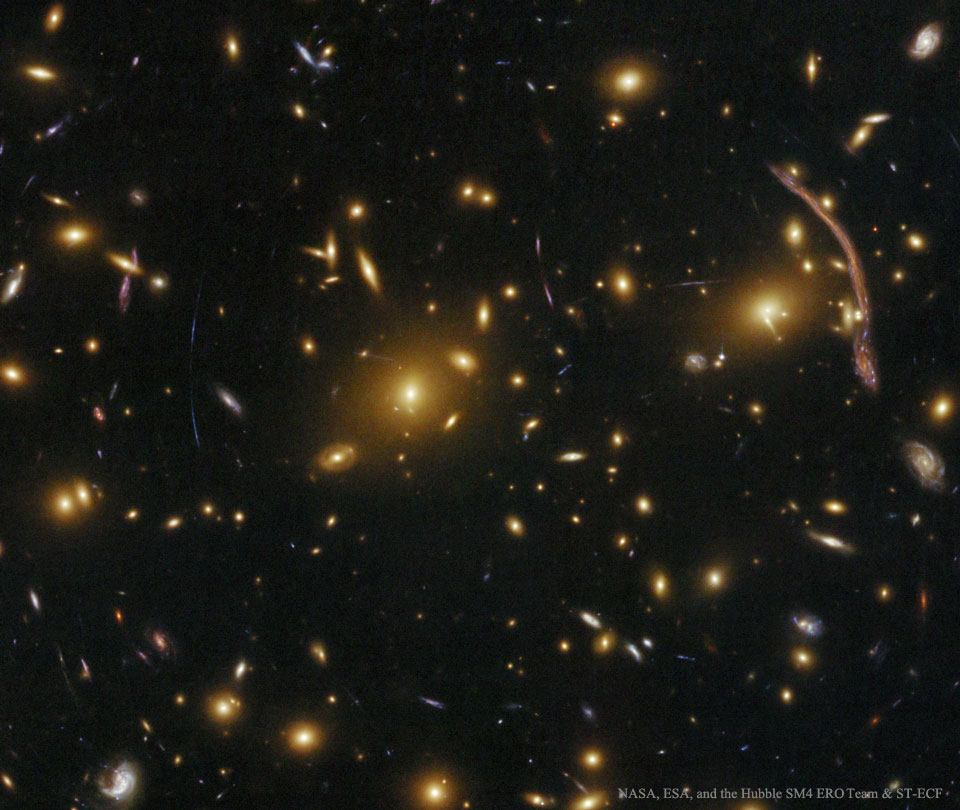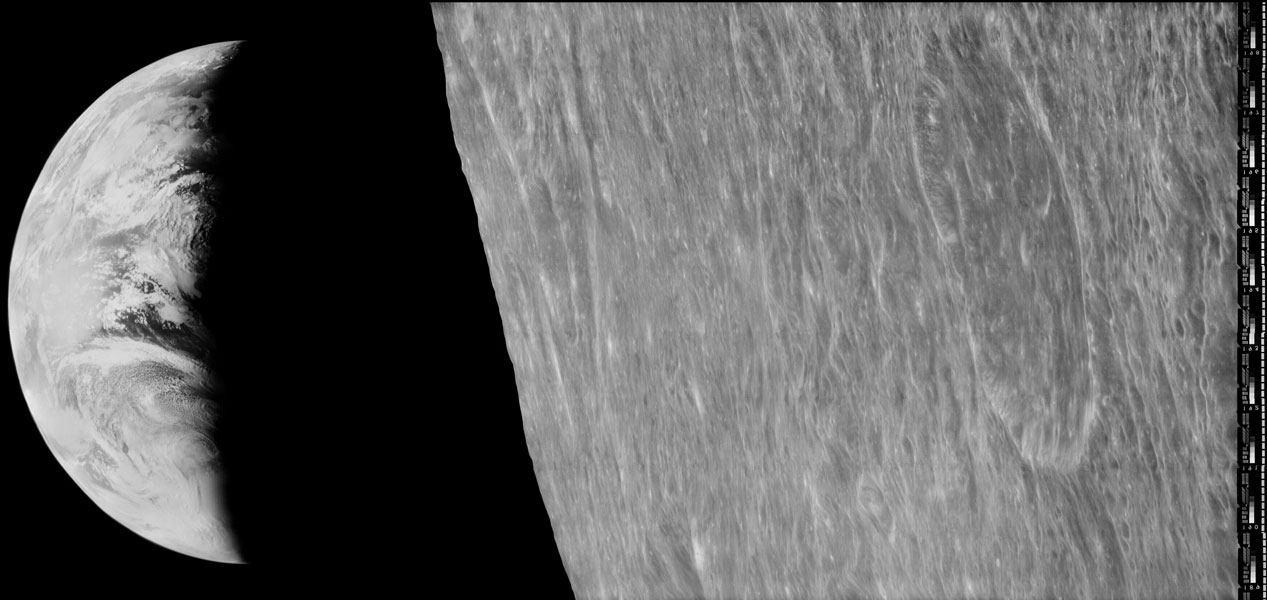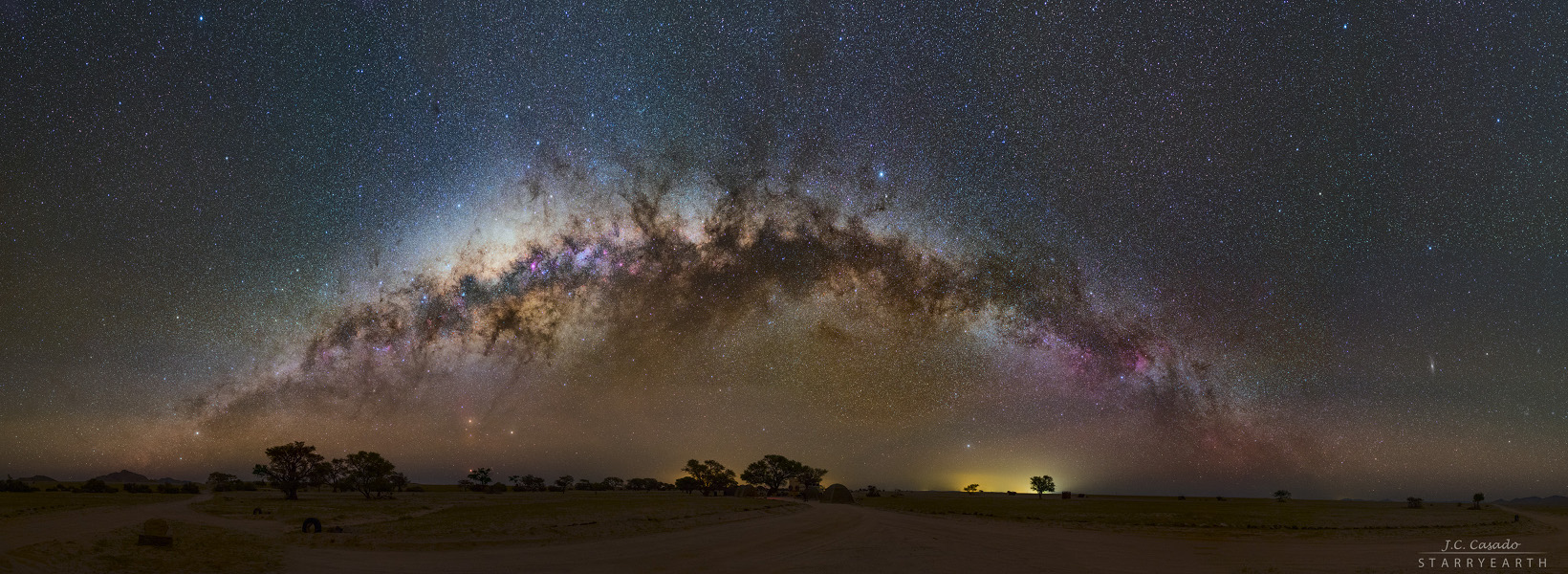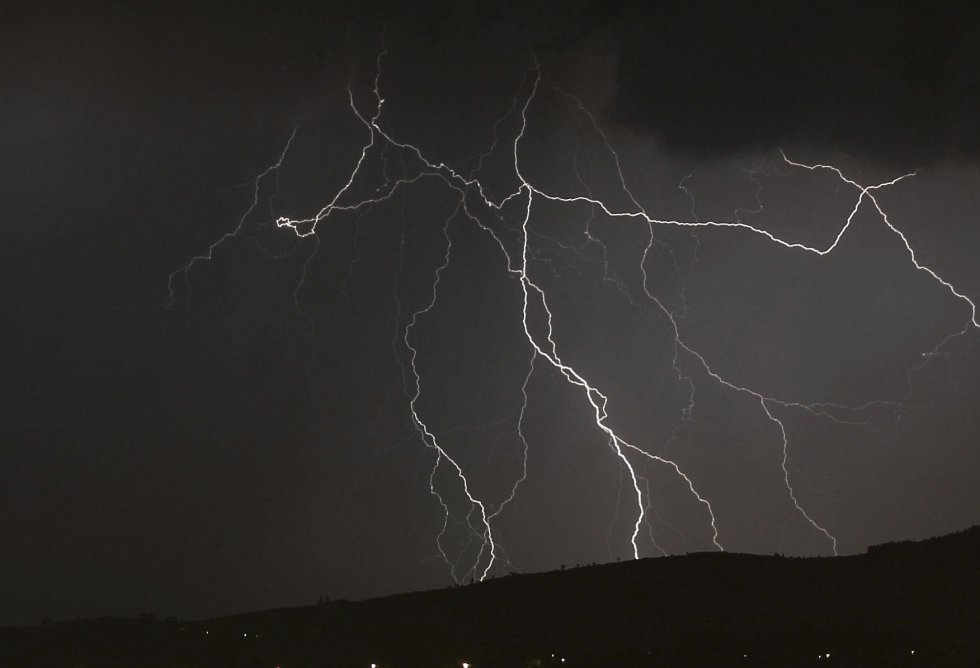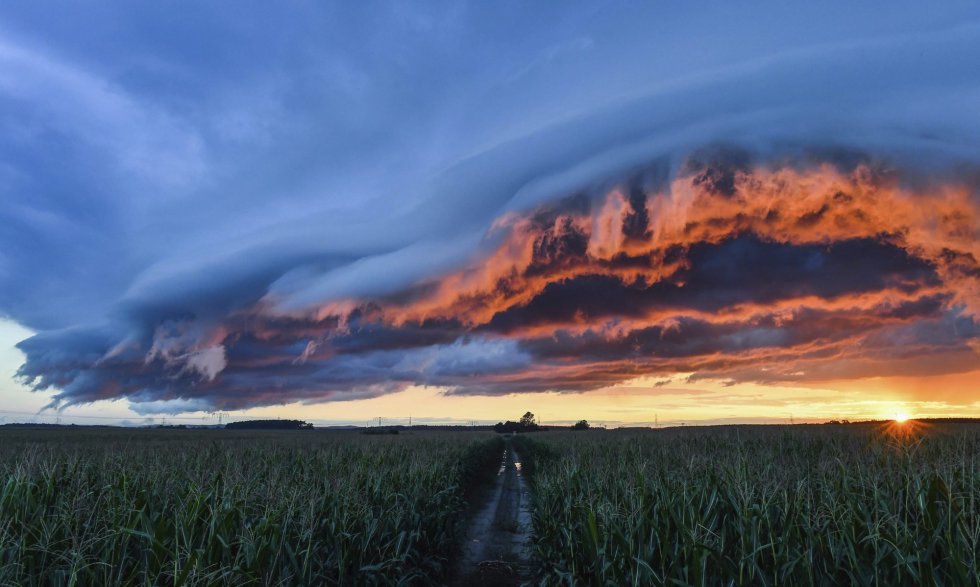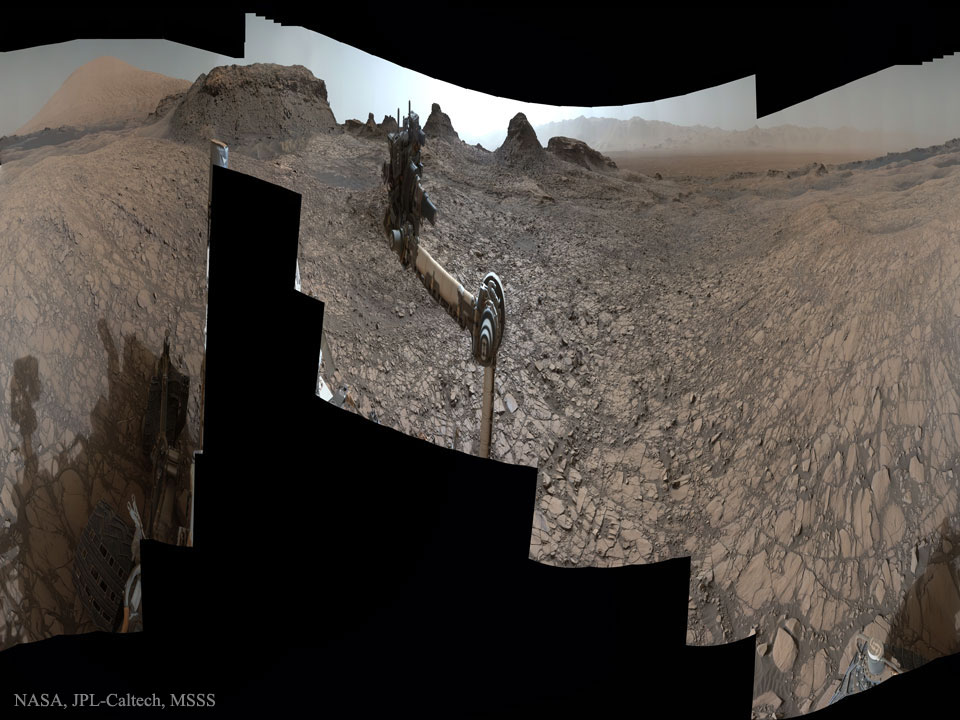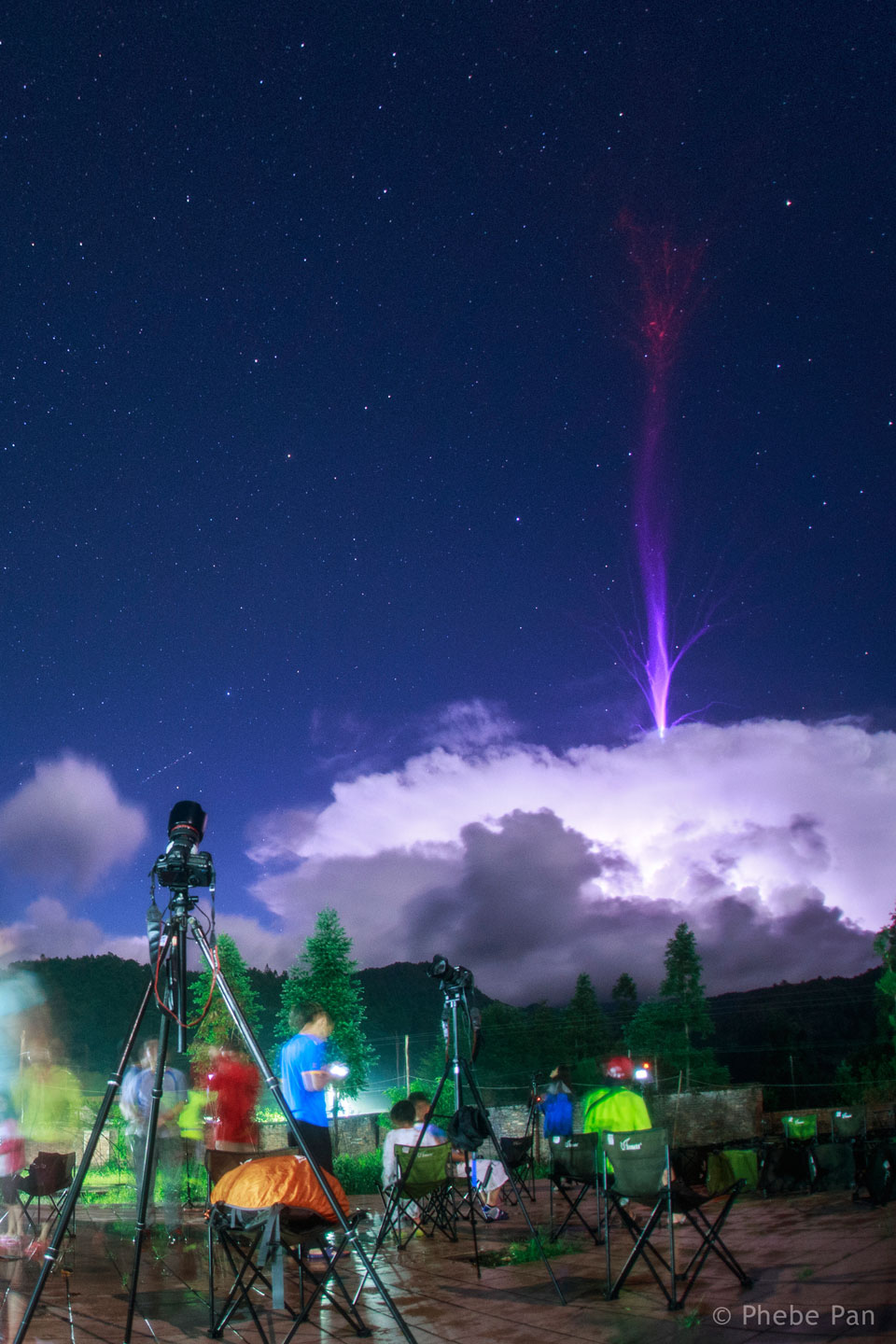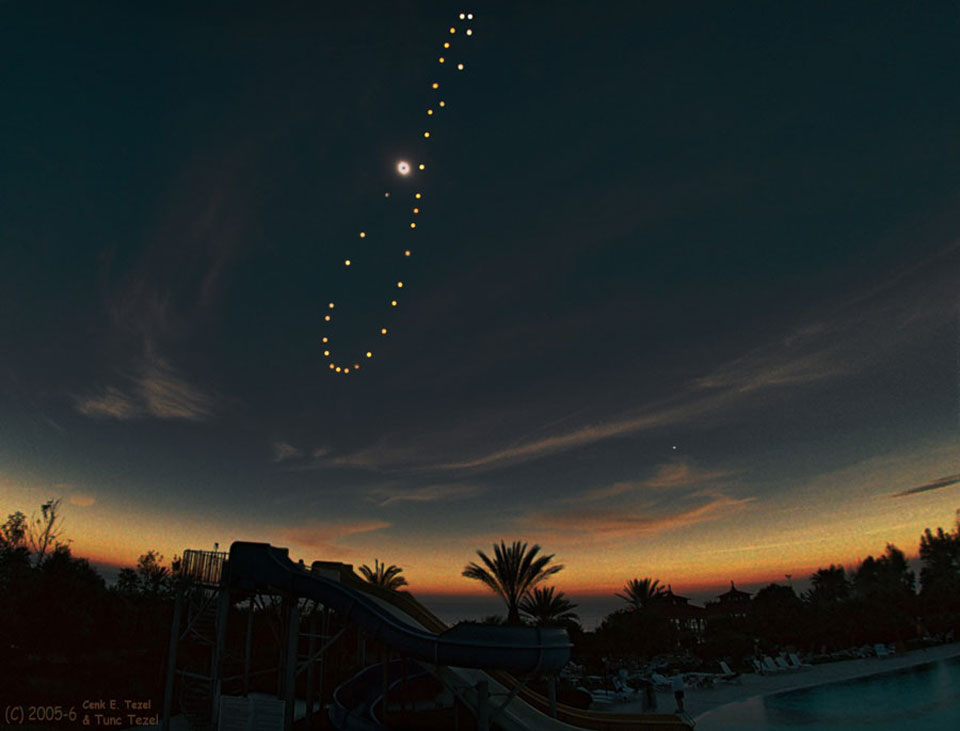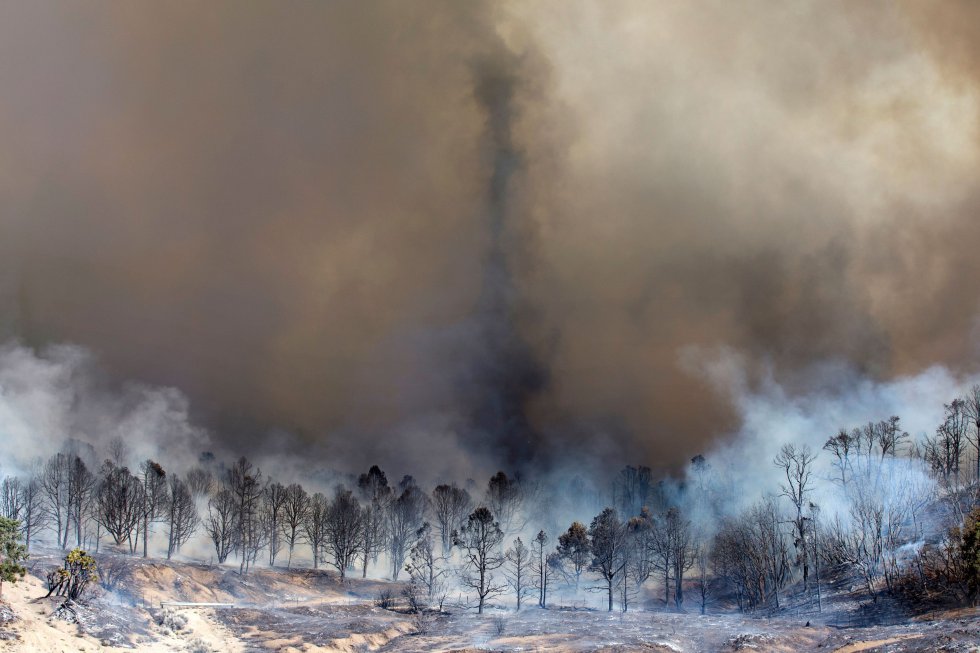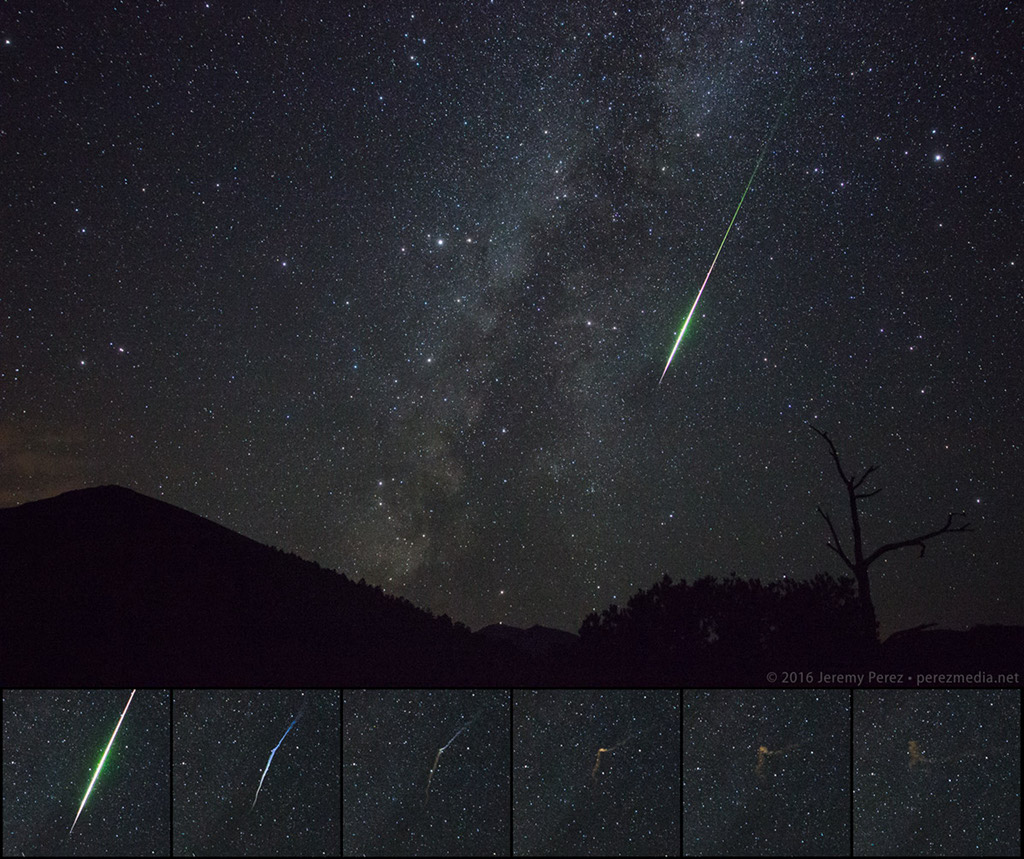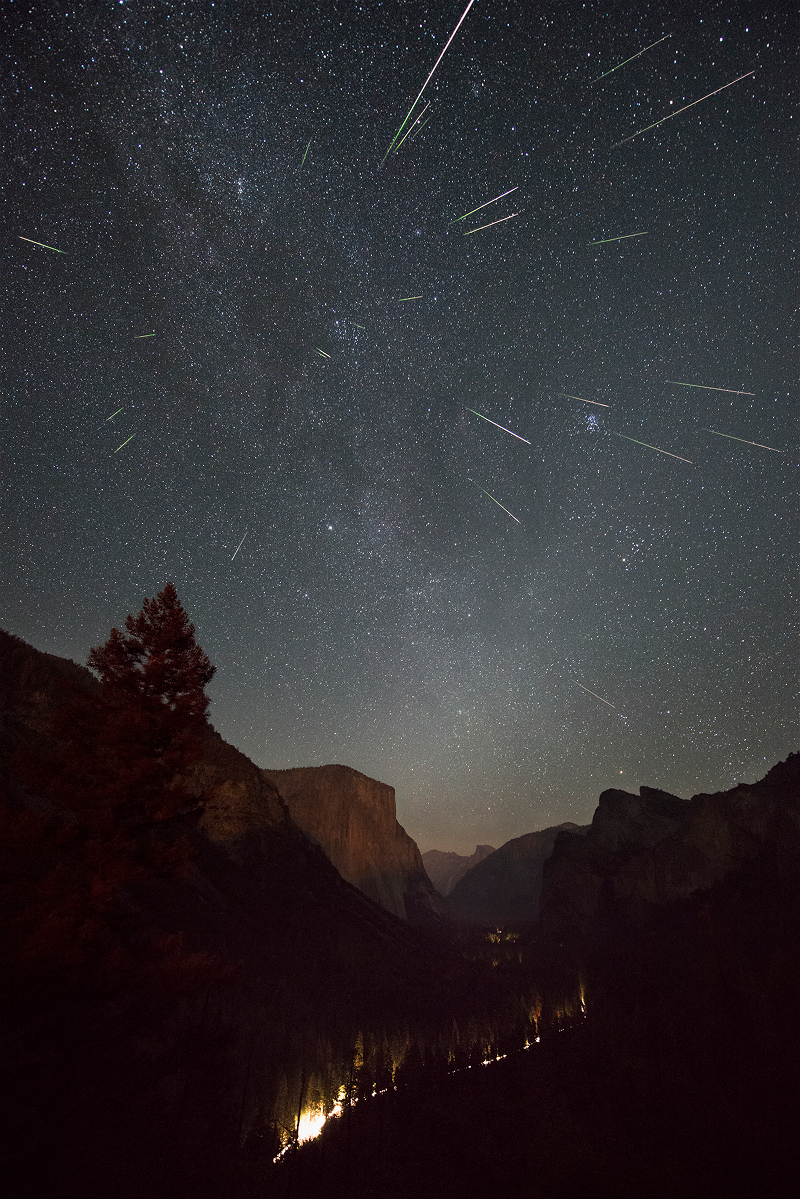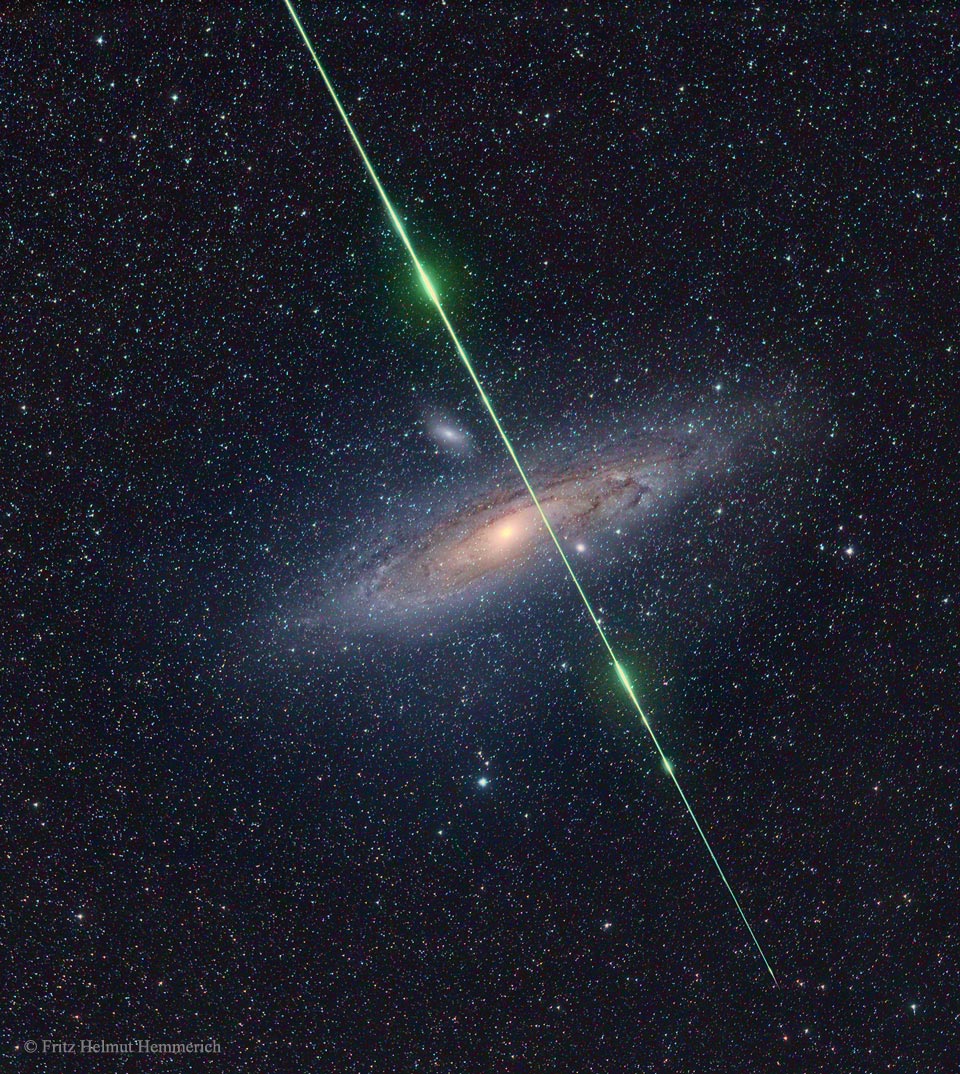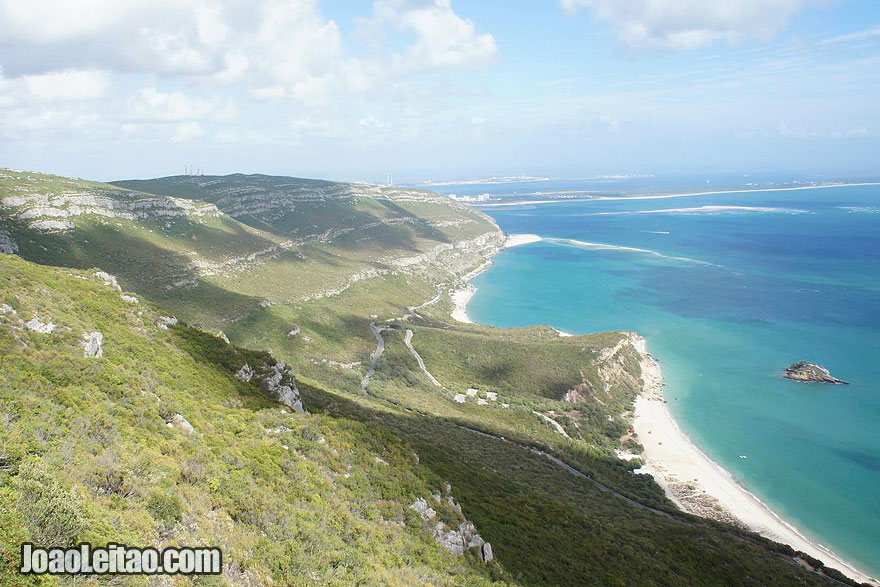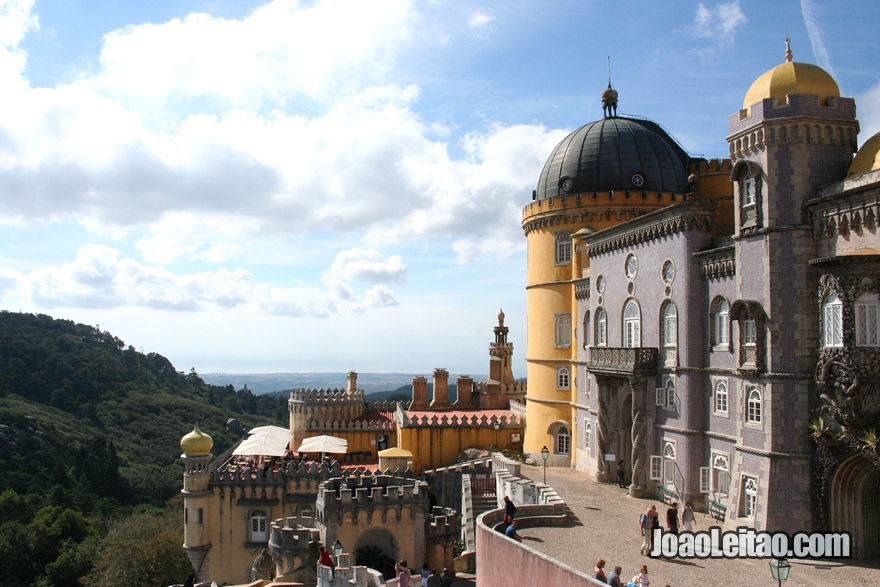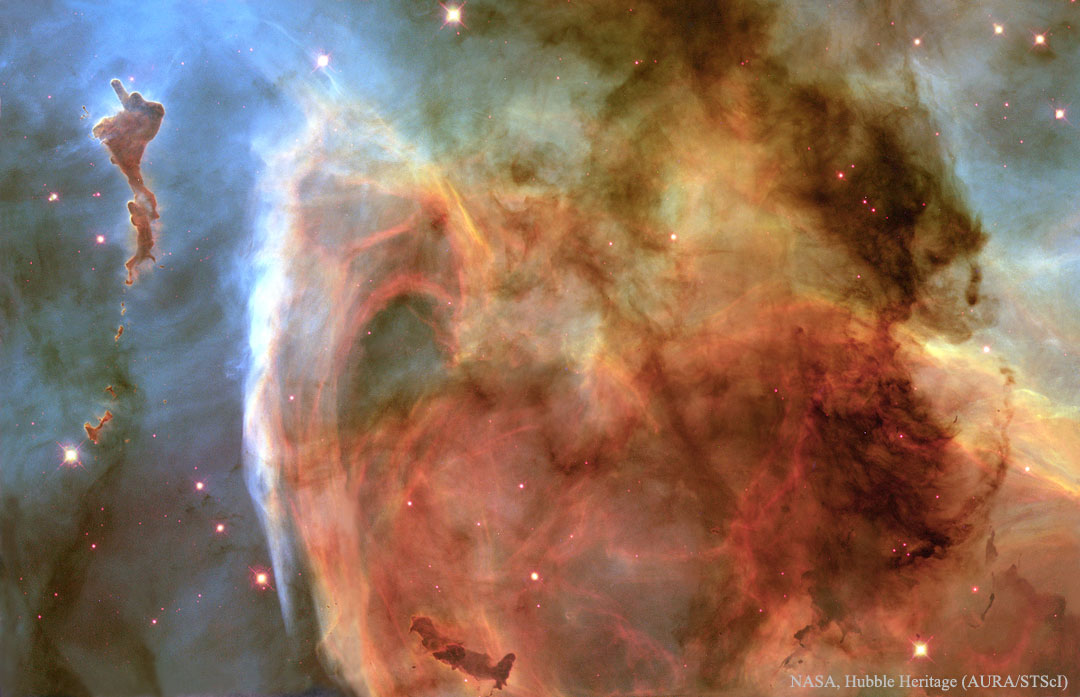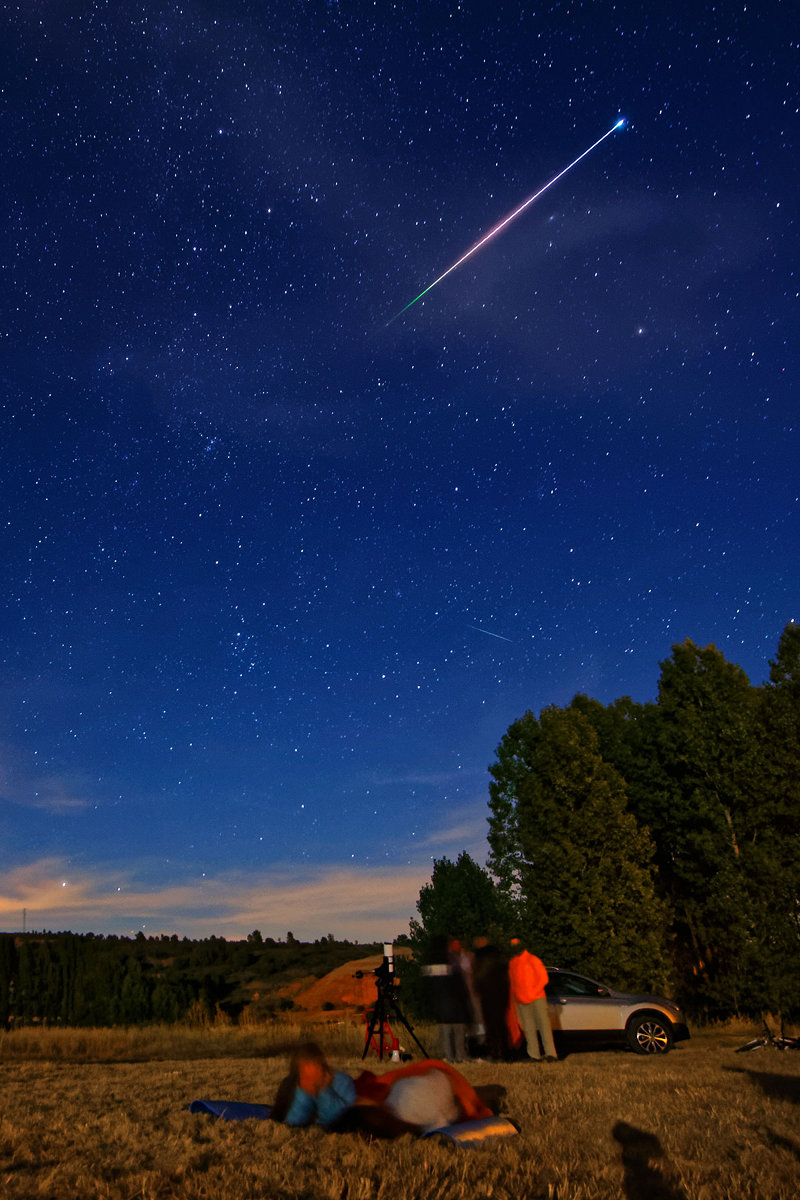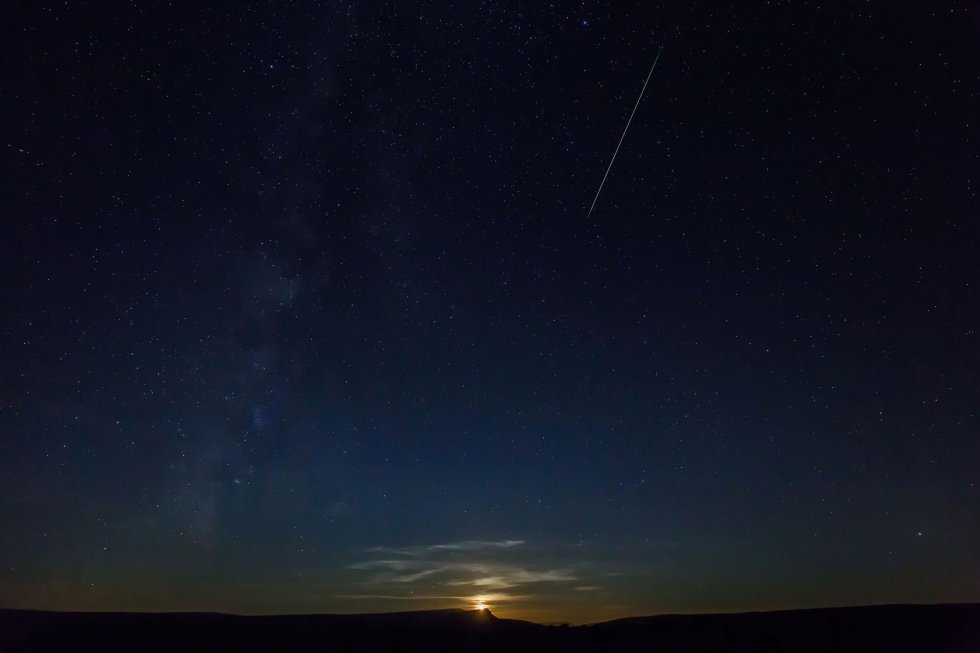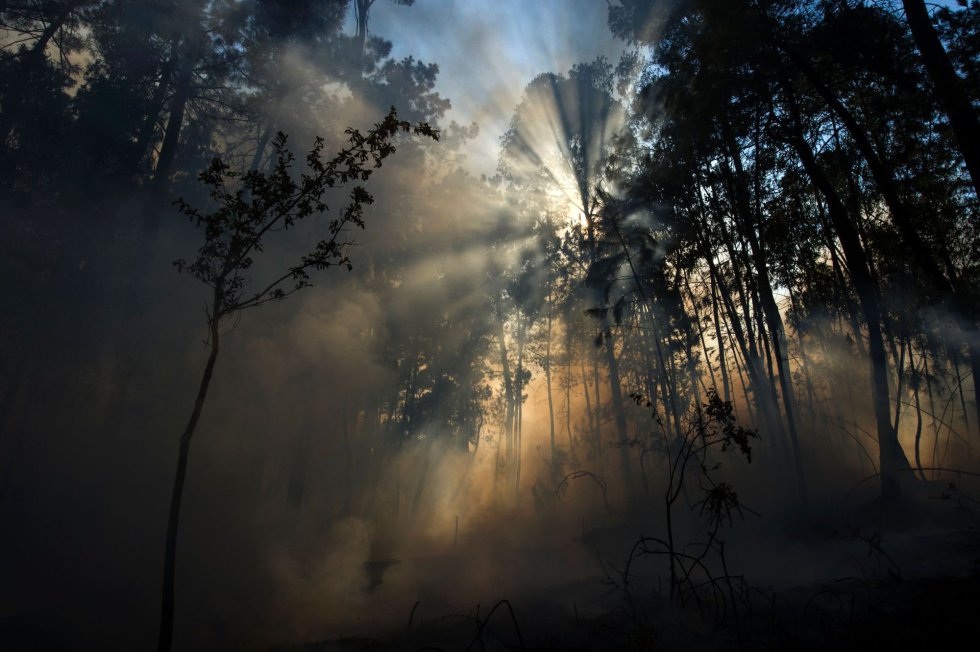O Ti Zé Chaparro, aproveitando a viagem a Mértola, foi ao médico fazer um 'xécápi'.
Pergunta o médico.
- Sr. José, o senhor está em muito boa forma para 40 anos.
- E eu disse que tinha 40 anos?
- Quantos anos o senhor tem?
- Fiz 57 em agora em Março.
- Não me diga! E quantos anos tinha o seu pai quando morreu?
- E eu disse que meu pai morreu?
- Oh, desculpe! Quantos anos tem o seu pai?
- O velho tem 81.
- 81? Que bom! E quantos anos tinha o seu avô quando morreu?
- E eu disse que ele morreu?
- Sinto muito. E quantos anos ele tem?
- 103, e ainda anda de bicicleta.
- Fico feliz em saber. E o seu bisavô? Morreu de quê?
- E eu disse que ele tinha morrido? Ele está com 124 e vai casar na
semana que vem.
- Agora já é demais! - Diz o médico revoltado.
- Por que é que um homem de 124 anos iria querer casar?
- E eu disse que ele QUERIA se casar? Não queria nada, mas engravidou a moça!..



